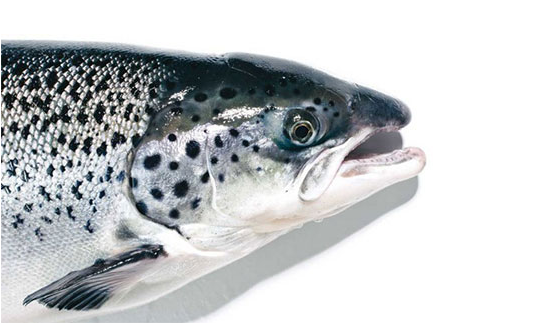GM salmon farmer celebrates new rule to be implemented by 2020.
AquaBounty, the biotech company that can grow salmon at twice the speed, is lauding the news that the U.S. Department of Agriculture has released its disclosure standards for the labeling of products containing bioengineered components.
Labeling
In a press release, the company said that the new rules, which were mandated by the 2016 Amendment to the Agricultural Marketing Act of 1946, were “an important step forward in addressing the issues associated with the presence of bioengineered food ingredients in the food supply in the United States.”
Yesterday the USDA released a final rule – after two years in the making – governing the consumer labeling of genetically engineered (GMO) foods. Consumners and law makers in Washington had been pushing for more transparency over what is in their food.
Opportunity
“This ensures clear information and labeling consistency for consumers about the ingredients in their food,” US Agriculture Secretary Sonny Perdue said in a statement. “The standard also avoids a patchwork state-by-state system that could be confusing to consumers,” he added.
To AquaBounty, this is a long awaited opportunity for their AquAdvantage salmon. “This means that the safety of these materials is now assured by other regulatory processes, but the Bioengineered Food Disclosure Standard provides a national marketing standard to communicate the presence of these materials to consumers,” the company wrote.

National standard
Dr. Ronald Stotish, CEO, commented: “The issuance of these rules is a major step forward in providing a national standard for labeling foods and food materials in an objective and unbiased manner. Innovative new technologies and products are important in meeting global food needs for the future, and a marketing program that presents these in a neutral and informative way is in the best interest of all of us.”
Nir Nimrodi, Chief Business Officer of AquaBounty’s parent company Intrexon, added: “AquaBounty is at the forefront of applying biological engineering to improve the sustainability and efficiency of food production. Having more than doubled over the past 50 years, increasing global seafood consumption has placed significant stress on fish stocks, creating a need for new aquaculture methods. This new labeling standard offers a clear path for the company to realize the promise of its land-based aquaculture approach by advancing its innovative product toward expanded markets.”


